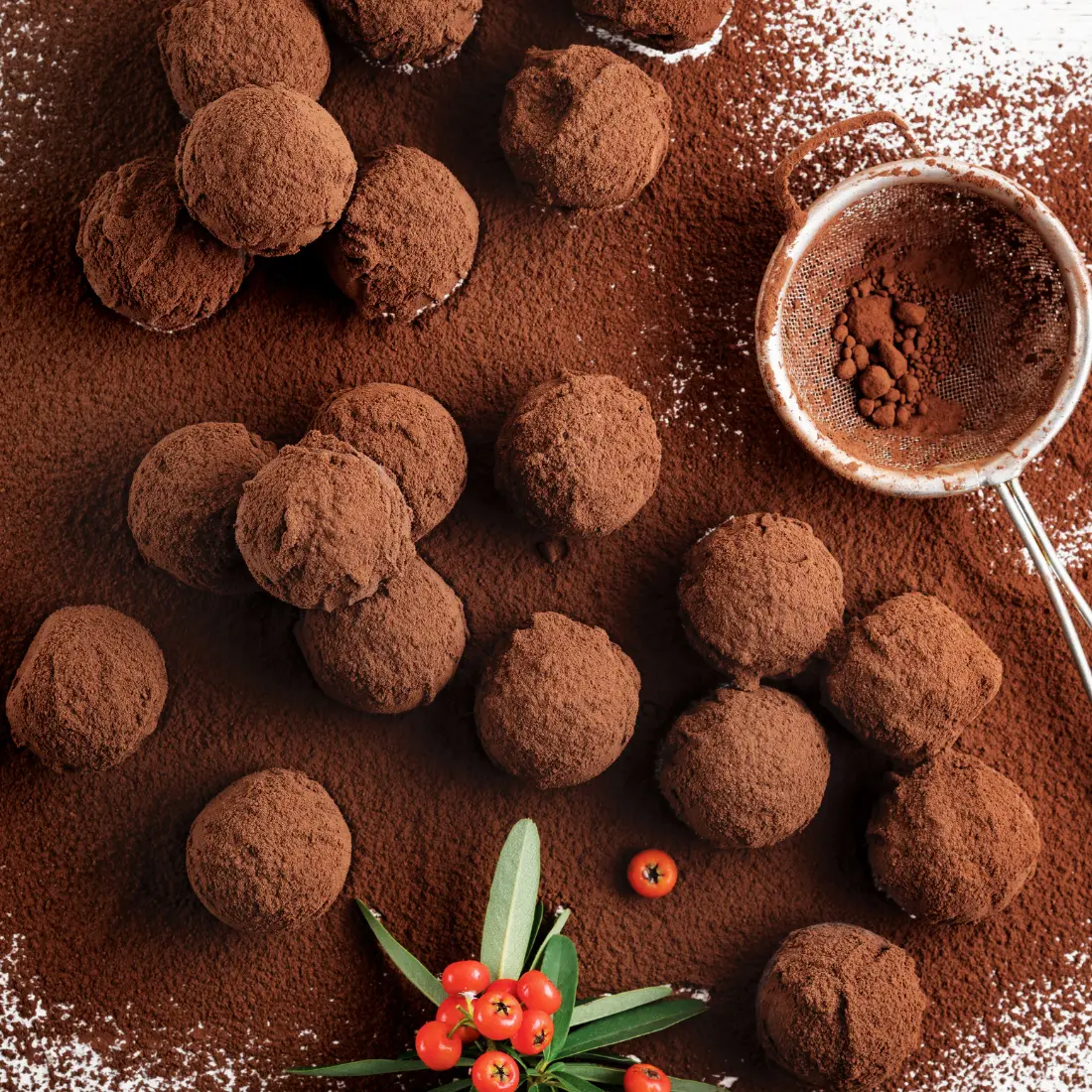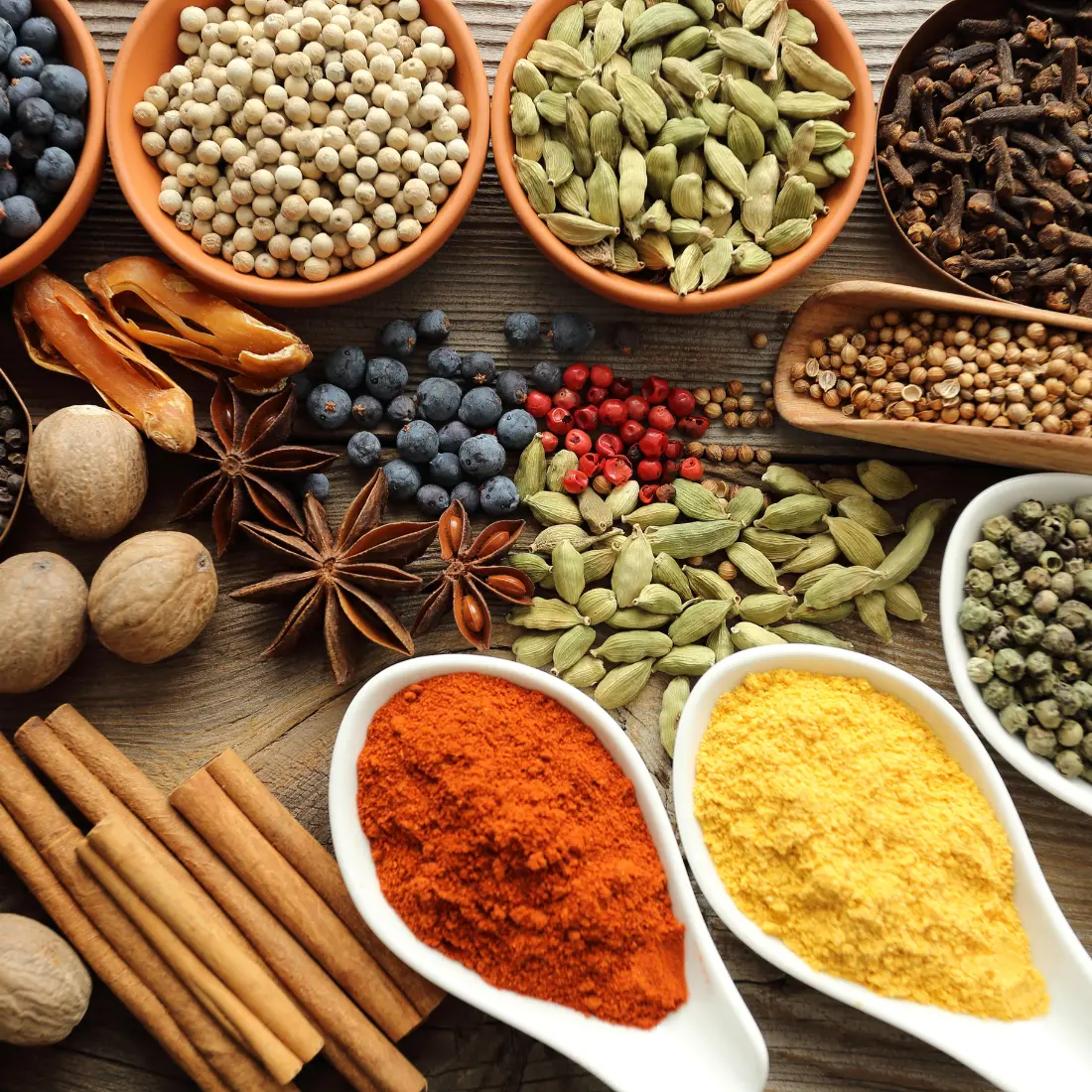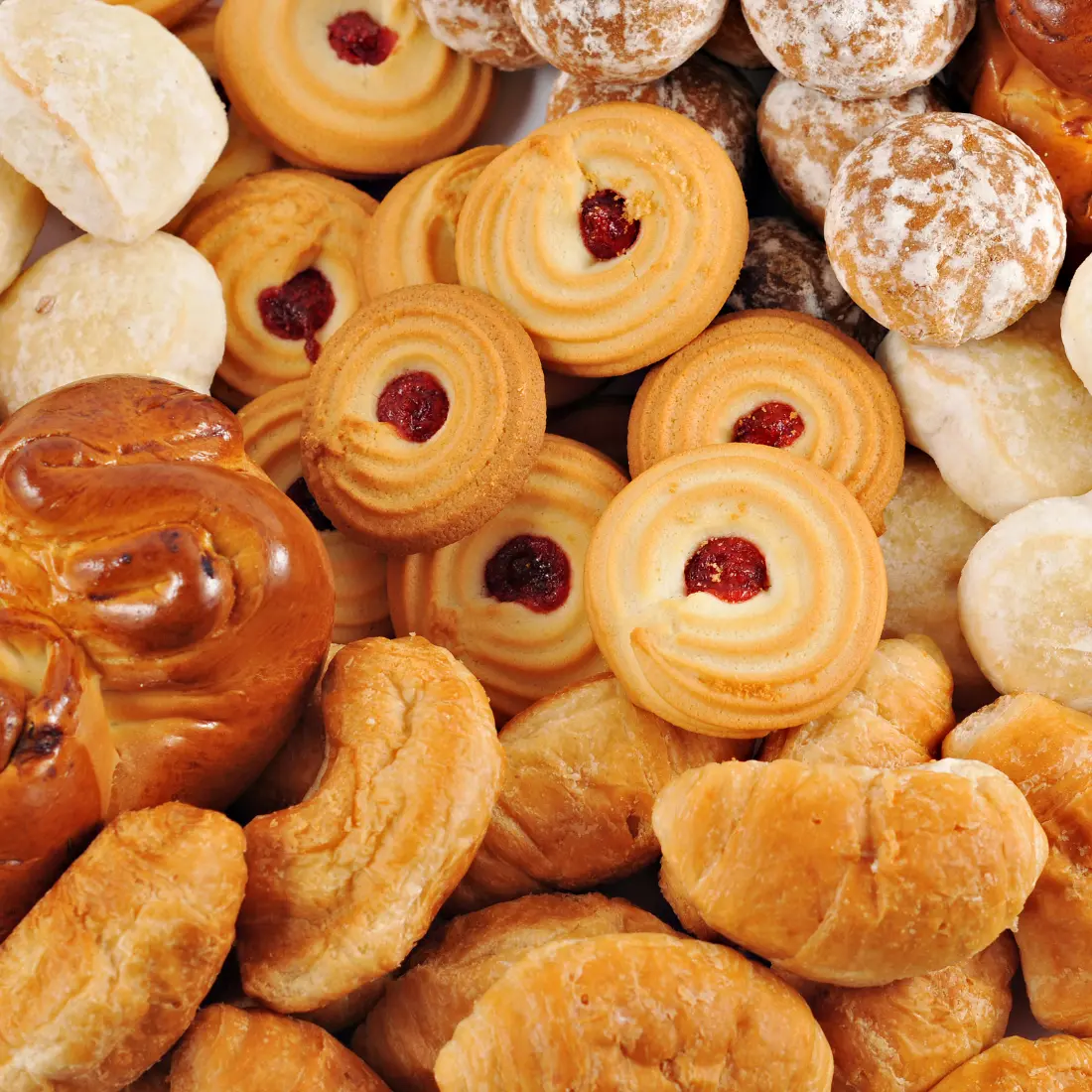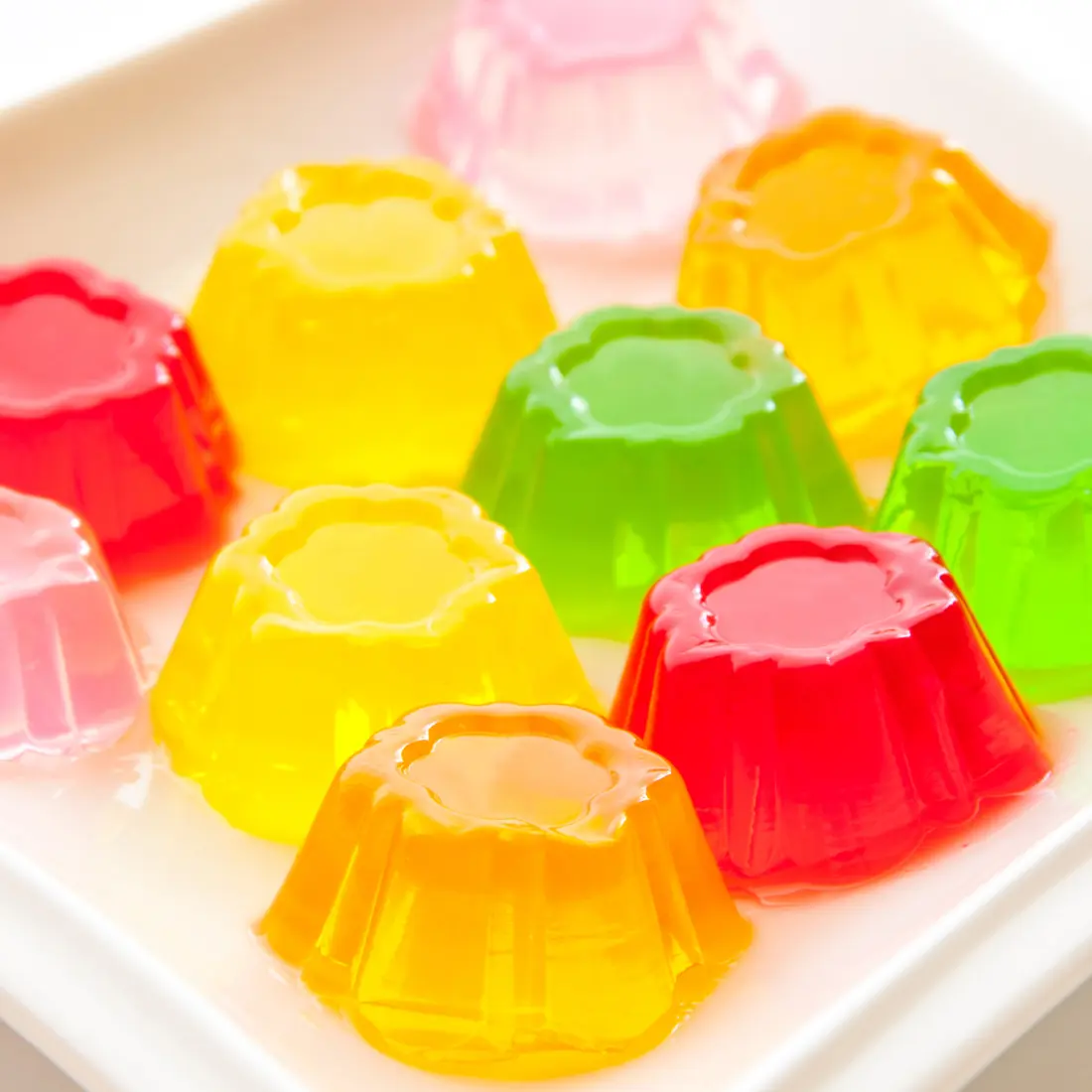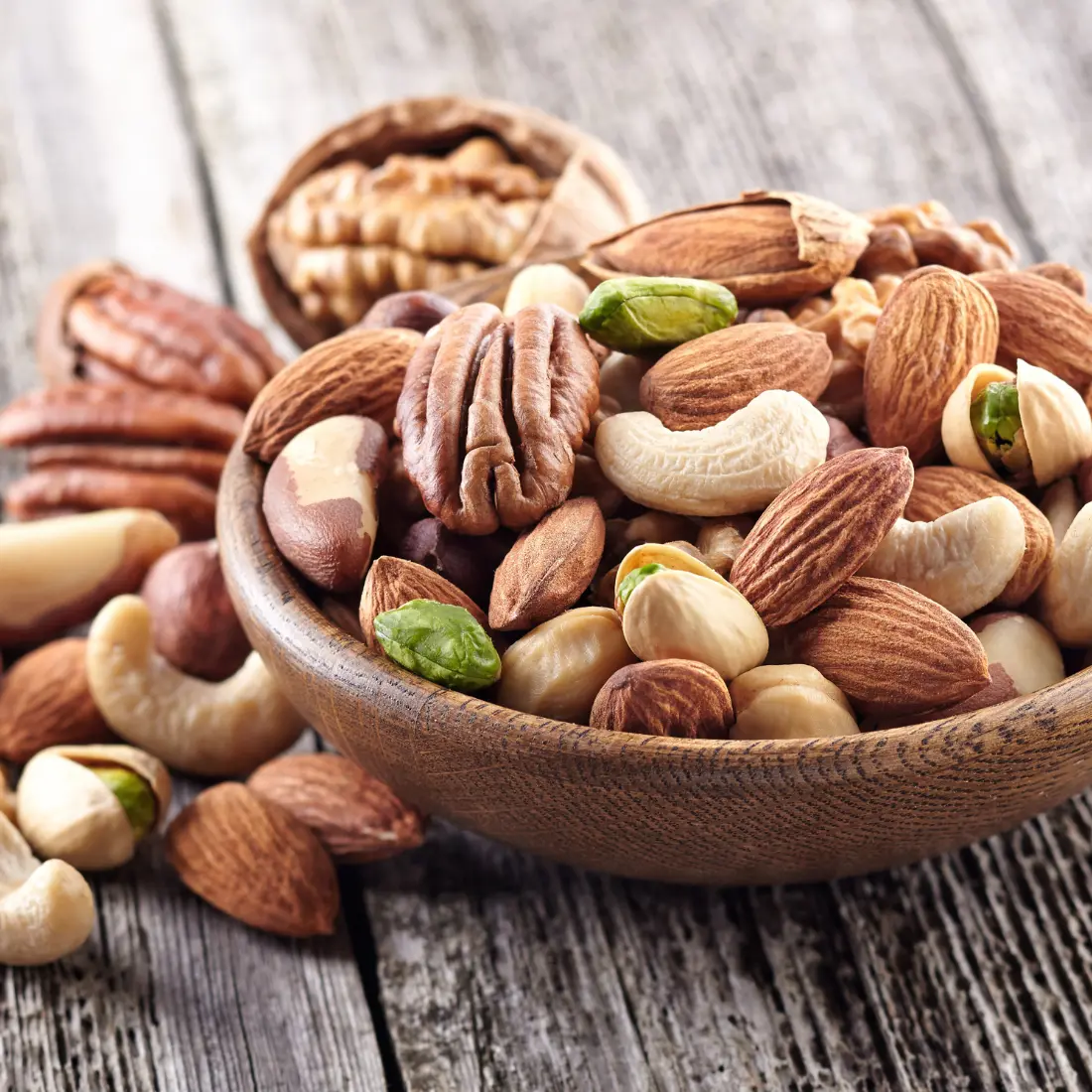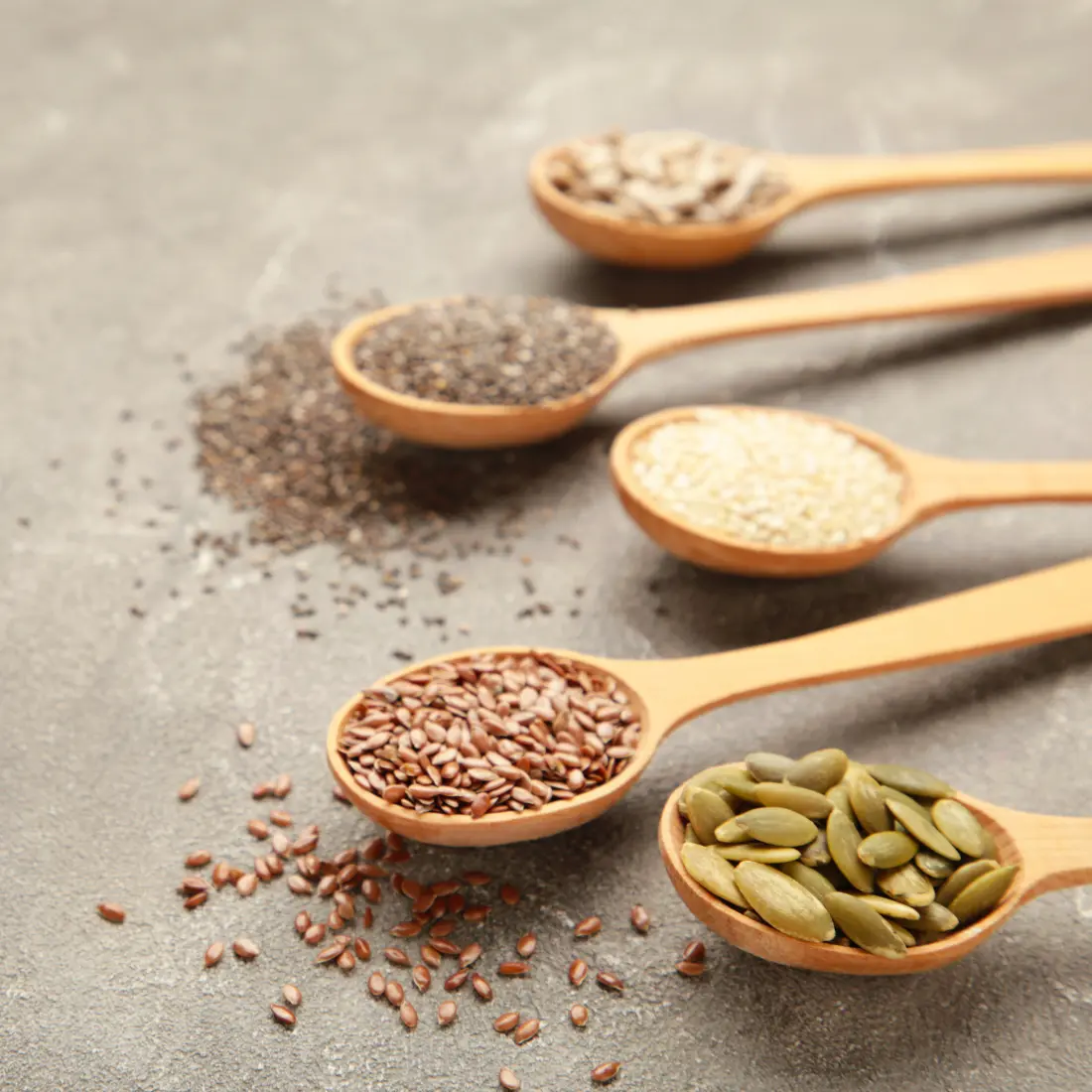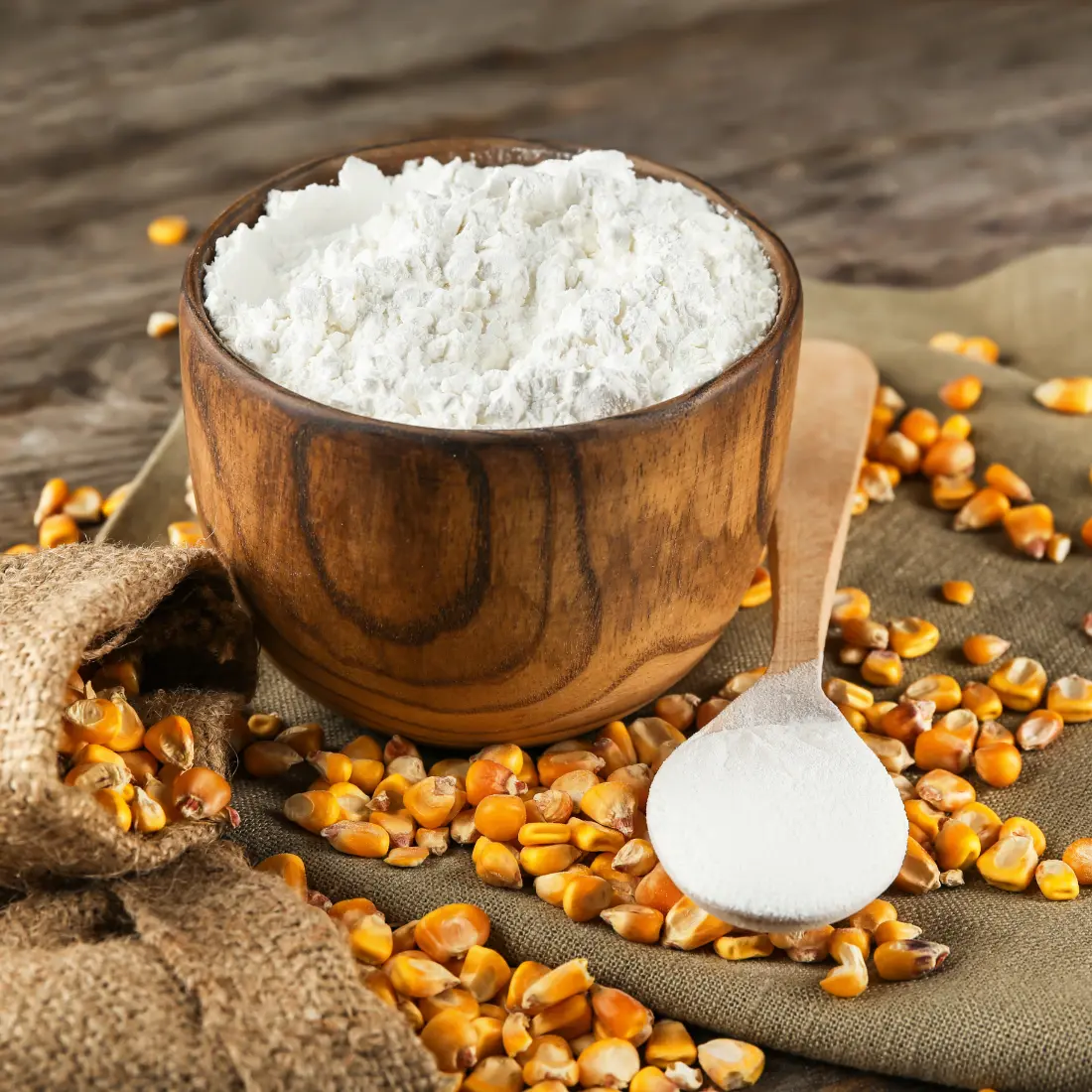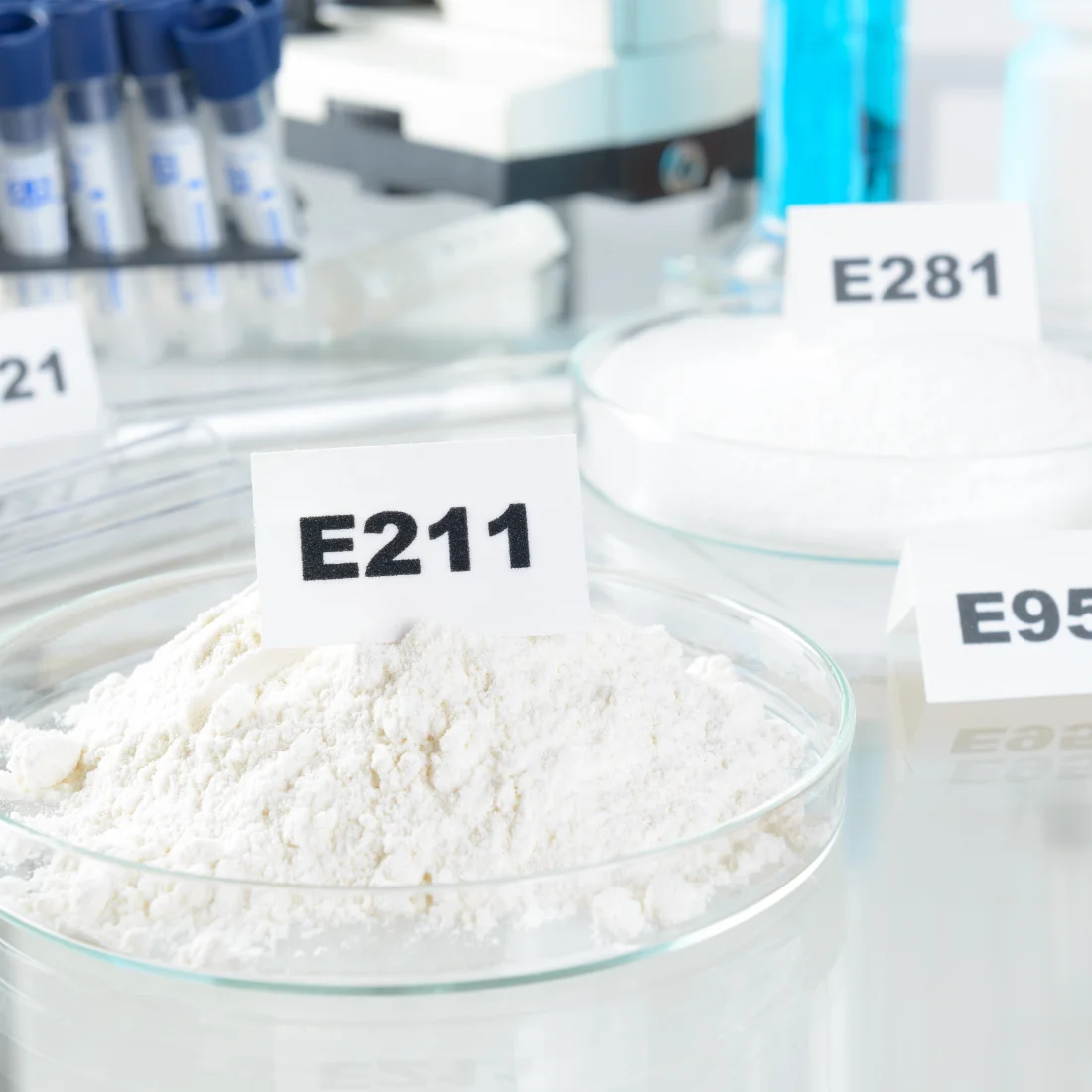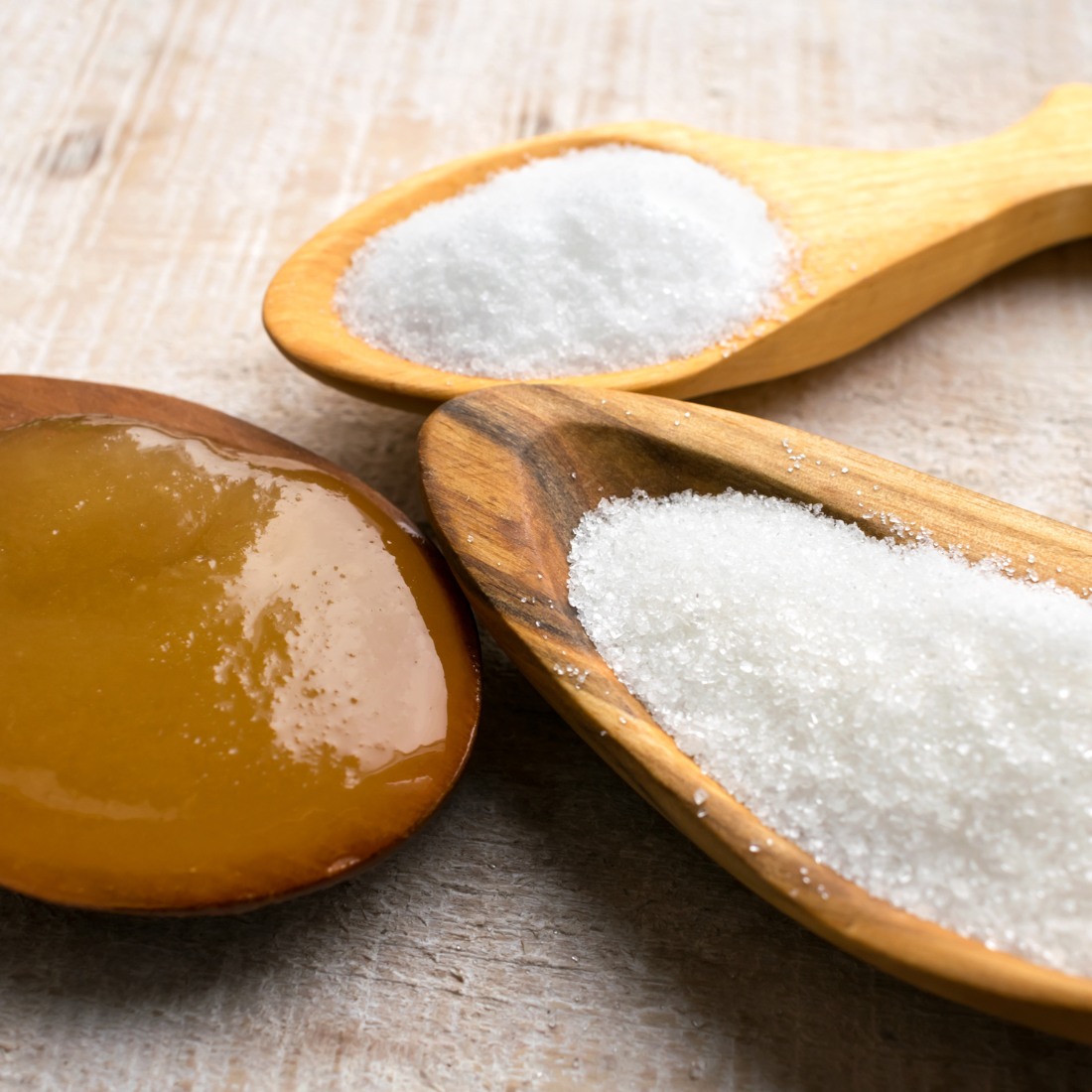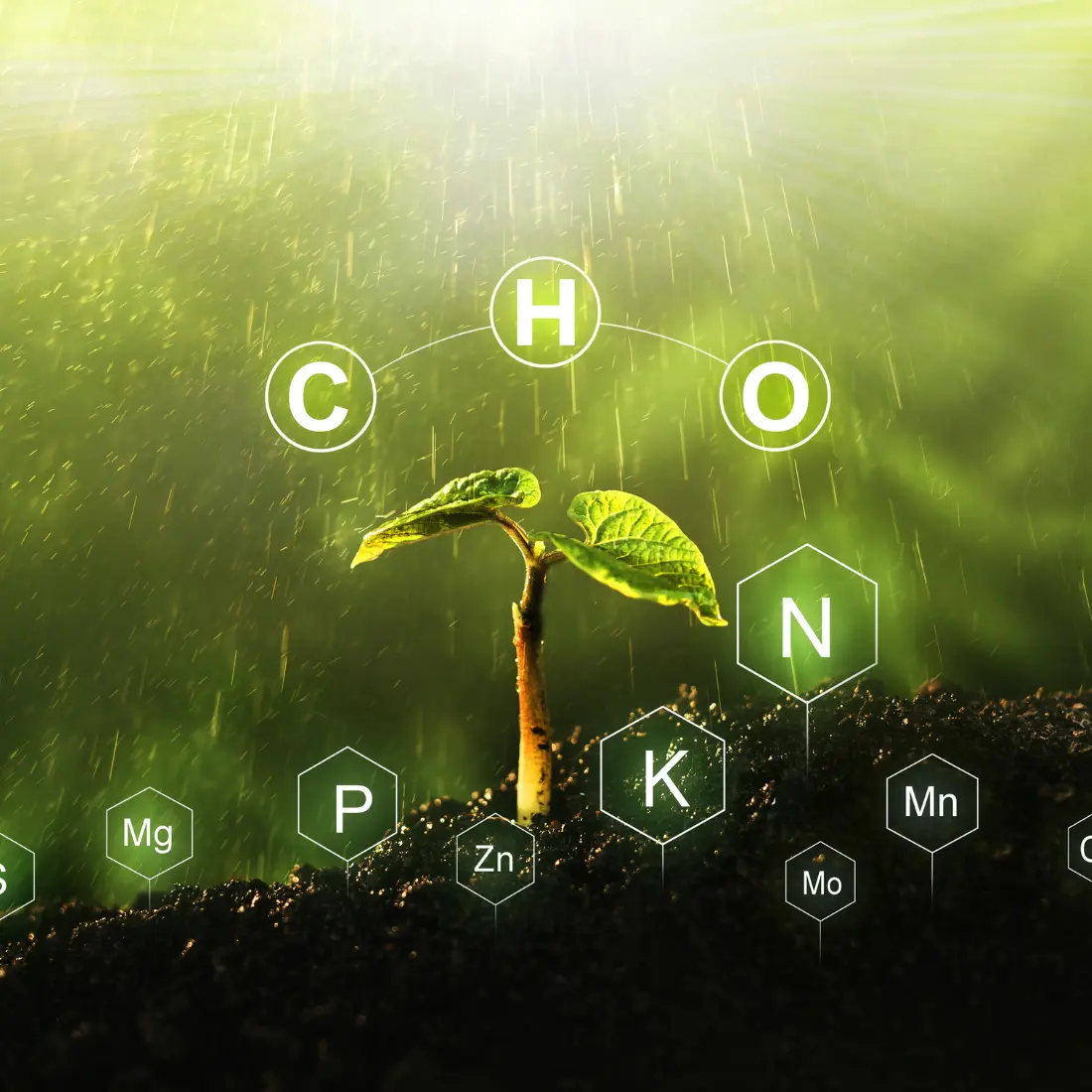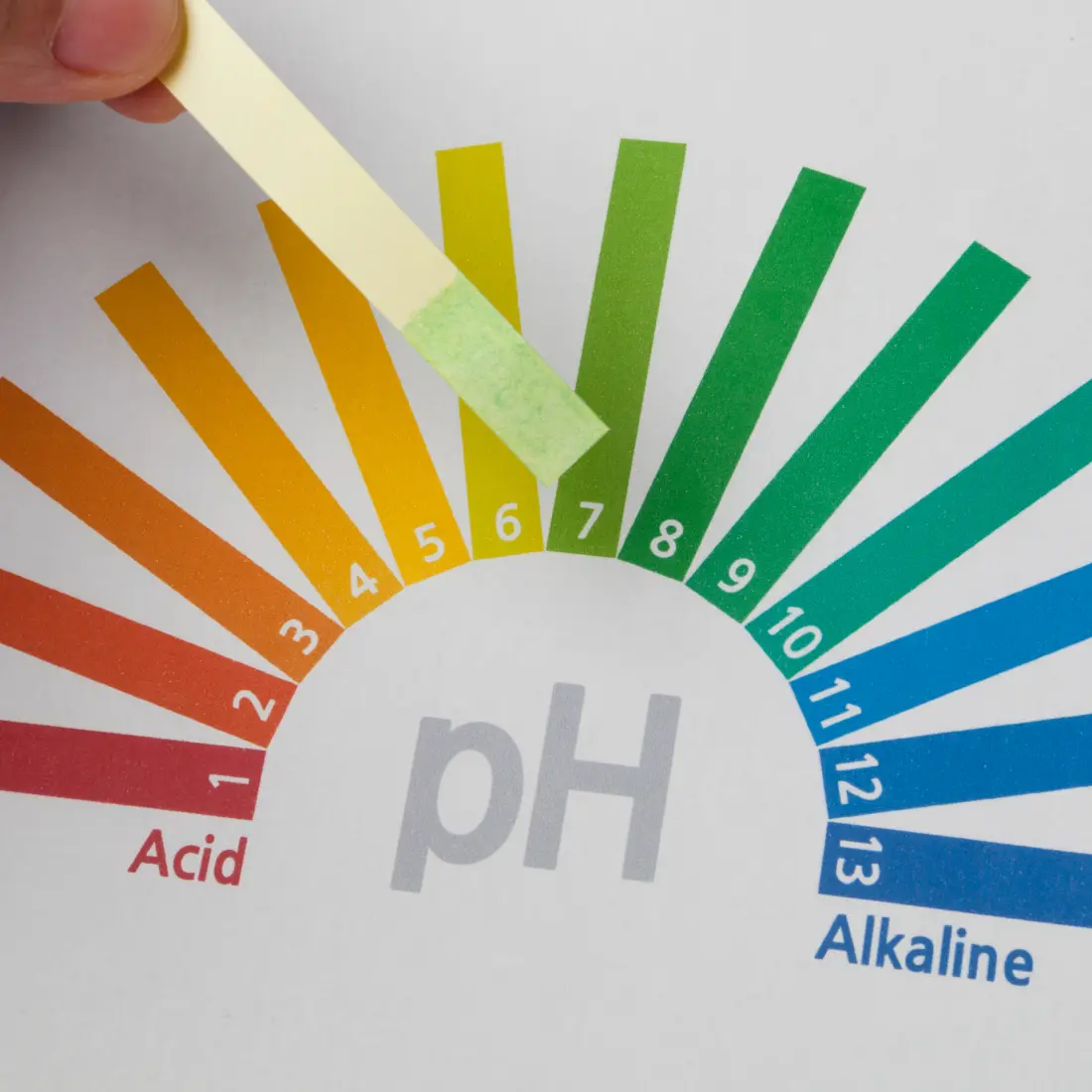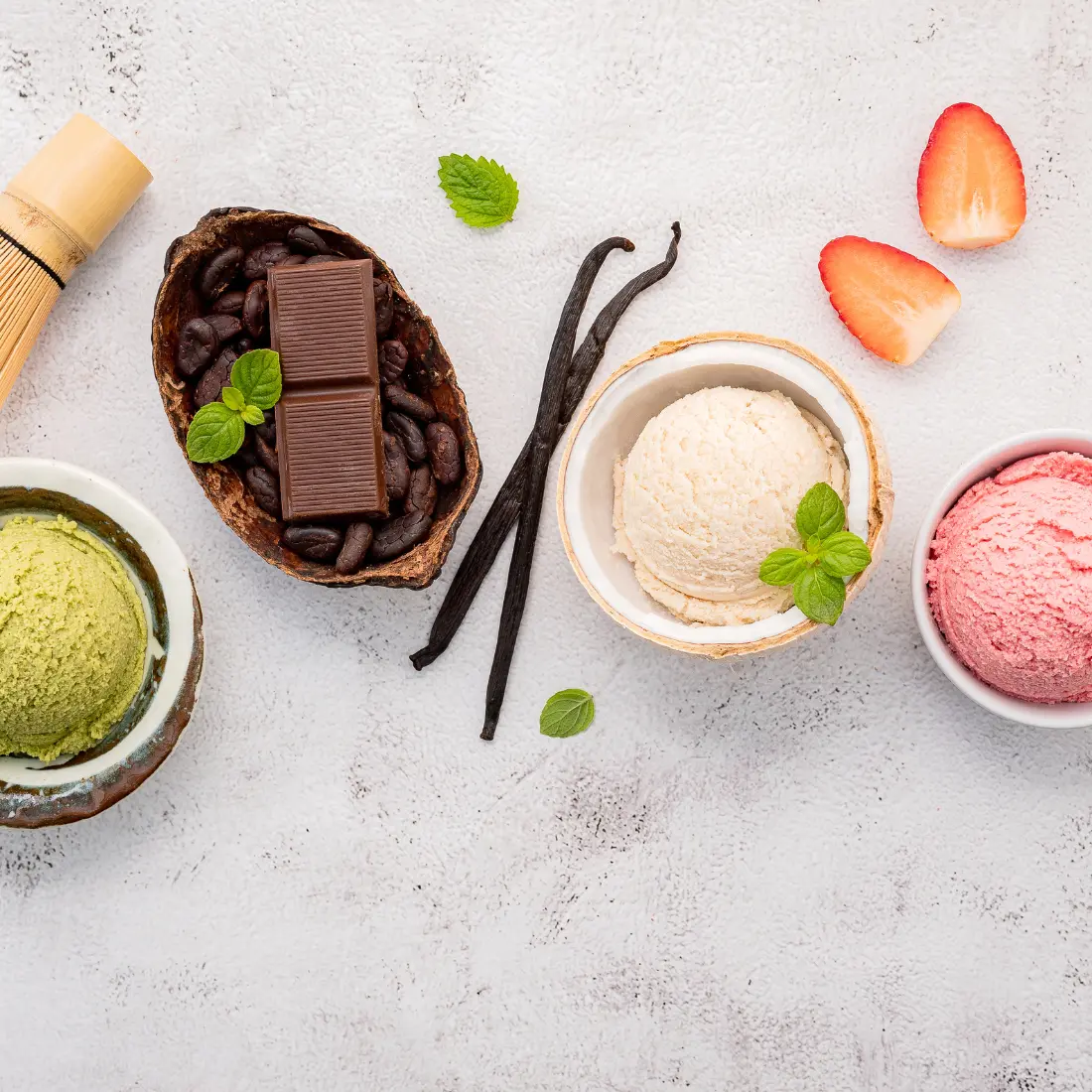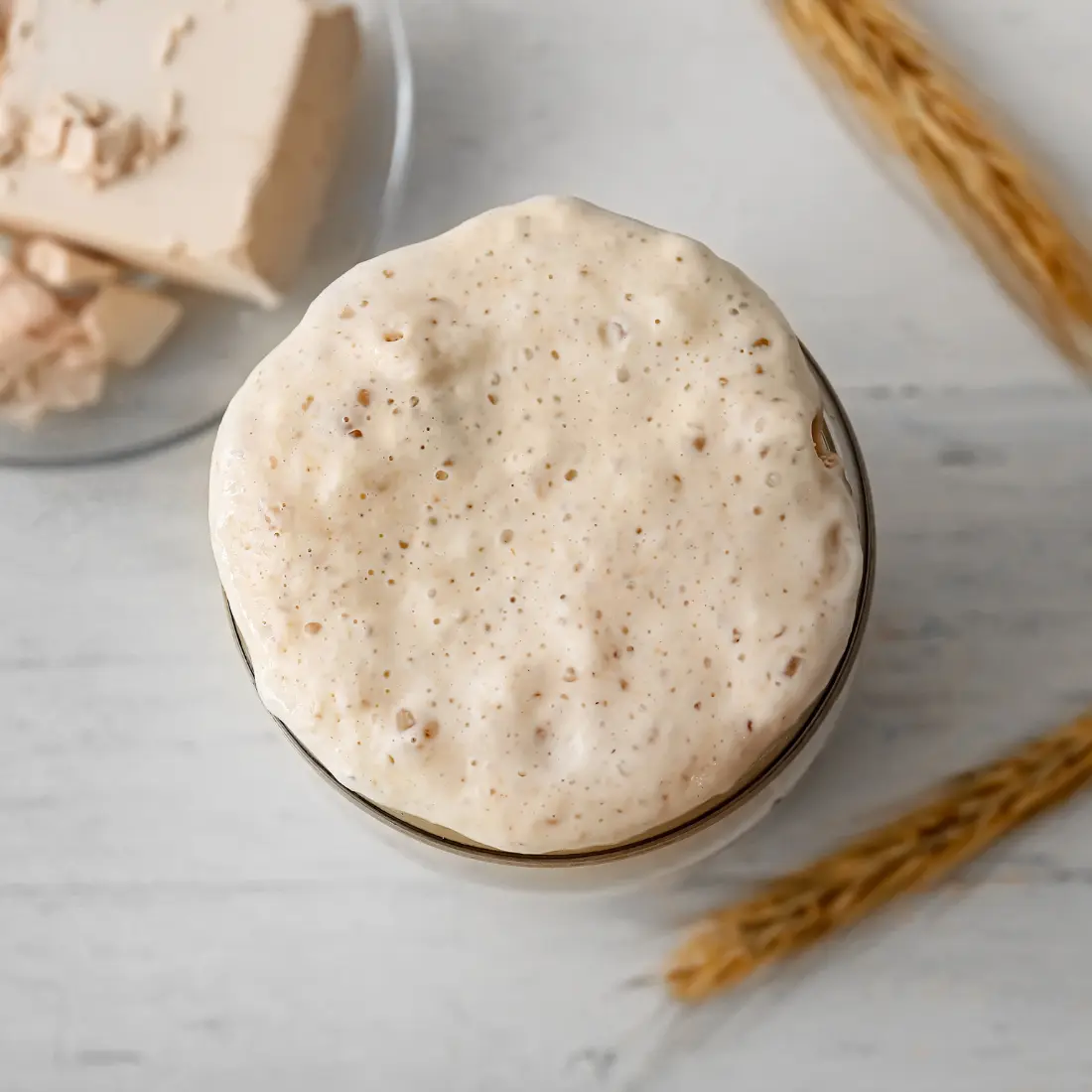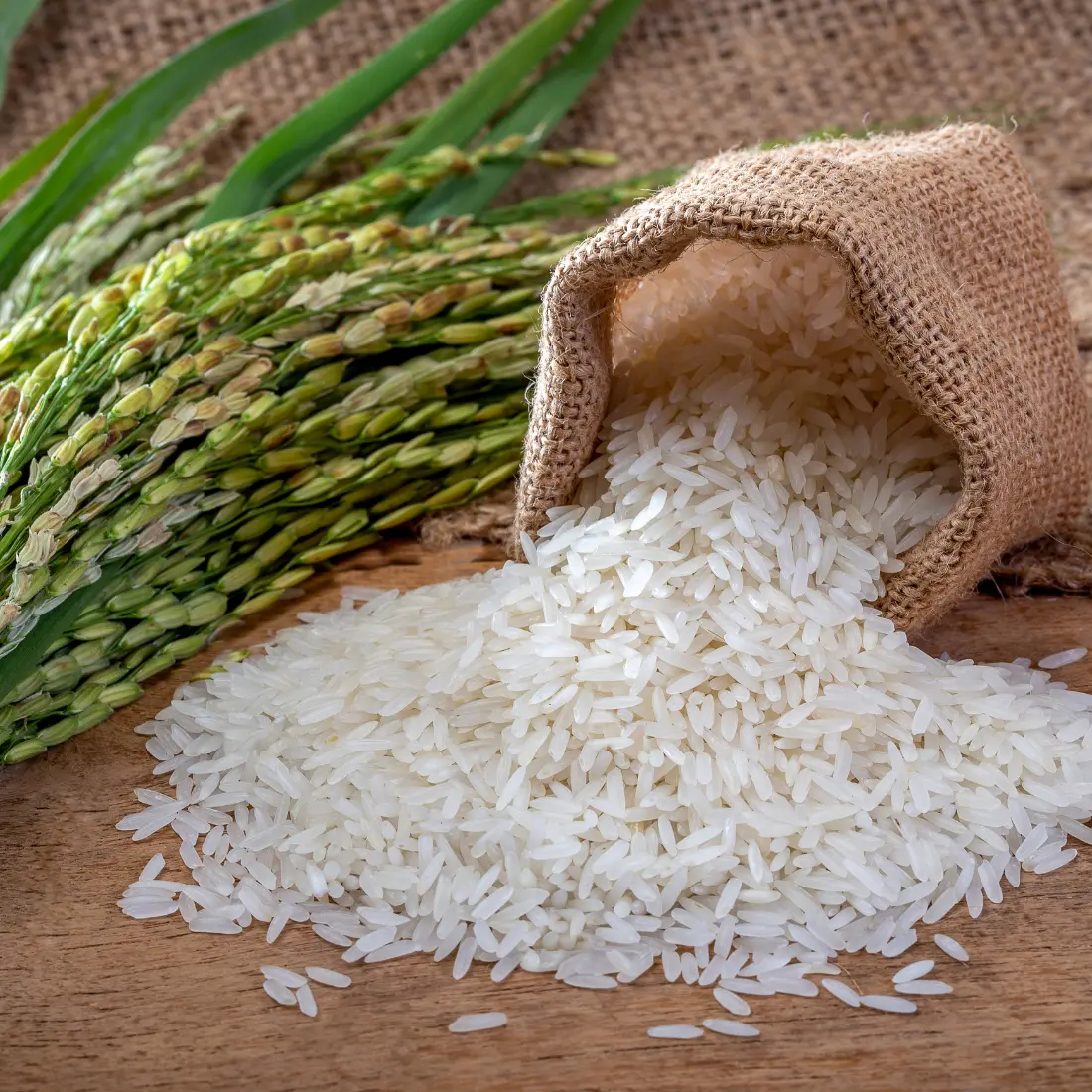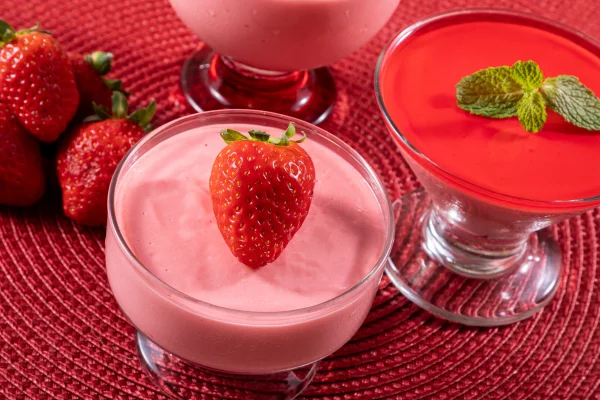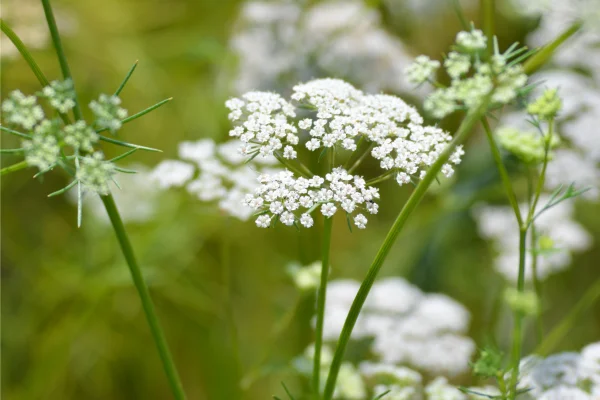Agar or Agar-agar is a jelly-like substance, obtained from red algae. Agar is a mixture of two components: the linear polysaccharide agarose, and a heterogeneous mixture of smaller molecules called agaro-pectin. It forms the supporting structure in the cell walls of certain species of algae, and is released on boiling. These algae are known as agarophytes, and belong to the Rhodophyta (red algae) phylum.
Agar has been used as an ingredient in desserts throughout Asia, and also as a solid substrate to contain culture media for microbiological work. Agar can be used as a laxative, an appetite suppressant, a vegetarian substitute for gelatin, a thickener for soups, in fruit preserves, ice cream, and other desserts, as a clarifying agent in brewing, and for sizing paper and fabrics.
The gelling agent in agar is an unbranched polysaccharide obtained from the cell walls of some species of red algae, primarily from tengusa (Gelidiaceae) and ogonori (Gracilaria). Commercially, it is derived primarily from sea weed (ogonori). In chemical terms, agar is a polymer made up of subunits of the sugar galactose. Gelidium agar is used primarily for bacteriological plates. Gracilaria agar is used mainly in food applications.
Agar exhibits hysteresis, melting at 85 °C (358 K, 185 °F) and solidifying from 32–40 °C (305–313 K, 90–104 °F).This property lends a suitable balance between easy melting and good gel stability at relatively high temperatures. Since many scientific applications require incubation at temperatures close to human body temperature (37 °C), agar is more appropriate than other solidifying agents that melt at this temperature, such as gelatin.
Culinary
Agar-agar is a natural vegetable gelatin counterpart. White and semi-translucent, it is sold in packages as washed and dried strips or in powdered form. It can be used to make jellies, puddings, and custards. For making jelly, it is boiled in water until the solids dissolve. Sweetener, flavouring, colouring, fruit or vegetables are then added and the liquid is poured into molds to be served as desserts and vegetable aspics, or incorporated with other desserts, such as a jelly layer in a cake.
Agar-agar is approximately 80% fiber, so it can serve as an intestinal regulator. Its bulking quality has been behind fad diets in Asia, for example the Kanten (the Japanese word for agar-agar) diet. Once ingested, Kanten triples in size and absorbs water. This results in the consumers feeling fuller. This diet has recently received some press coverage in the United States as well. The diet has shown promise in obesity studies.
One use of agar in Japanese cuisine (Wagashi) is anmitsu, a dessert made of small cubes of agar jelly and served in a bowl with various fruits or other ingredients. It is also the main ingredient in mizu yōkan, another popular Japanese food.
In Philippine cuisine, it is used to make the jelly bars in the various gulaman refreshments or desserts such as sago gulaman, buko pandan, agar flan, halo-halo, and the black and red gulaman used in various fruit salads.
In Vietnamese cuisine, jellies made of flavored layers of agar agar, called thach, are a popular dessert, and are often made in ornate molds for special occasions. In Indian cuisine, agar agar is known as "China grass" and is used for making desserts. In Burmese cuisine, a sweet jelly known as kyauk kyaw is made from agar.
In Russia, it is used in addition or as a replacement to pectin in jams and marmalades, as a substitute to gelatin for its superior gelling properties, and as a strengthening ingredient in souffles and custards. Another use of agar-agar is in ptich'ye moloko (bird's milk), a rich jellified custard (or soft meringue) used as a cake filling or chocolate-glazed as individual sweets. Agar-agar may also be used as the gelling agent in gel clarification, a culinary technique used to clarify stocks, sauces, and other liquids.
Mexico has traditional candies made out of Agar gelatin, most of them in colorful, half-circle shapes that resemble a melon or watermelon fruit slice, and commonly covered with sugar. They are known in Spanish as Dulce de Agar (Agar sweets)
Agar-agar is an allowed nonorganic/nonsynthetic additive used as a thickener, gelling agent, texturizer, moisturizer, emulsifier, flavor enhancer, and absorbent in certified organic foods.
Other uses of Agar-Agar:
As an impression material in dentistry.
As a medium to precisely orient the tissue specimen and secure it by agar pre-embedding for histopathology processing
To make salt bridges and gel plugs for use in electrochemistry.
In formicariums as a transparent substitute for sand and a source of nutrition.
As a natural ingredient to form modelling clay for young children to play with.
As an allowed biofertilizer component in organic farming.
As a substrate for precipitin reactions in immunology.
Reference : wikipedia.org

 English
English


